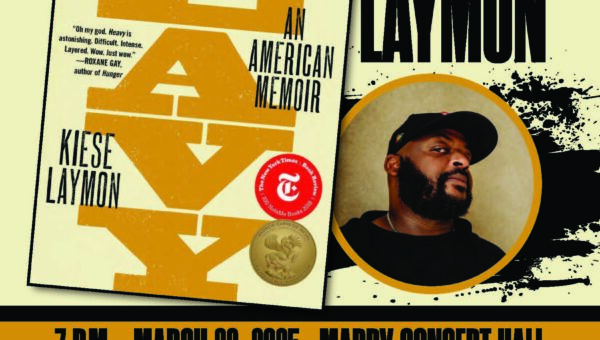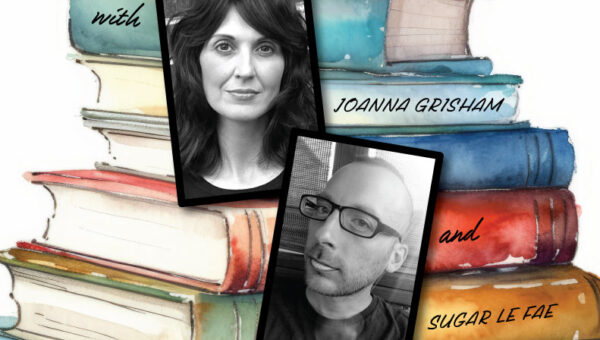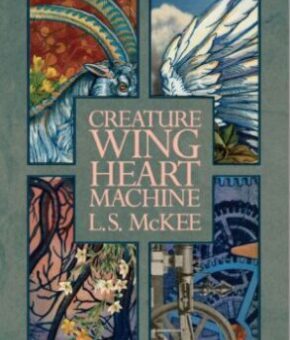The screen flashes from white to words. On the right side, I recognize the special issue, an edition dedicated to disabled writers. I click. The titles emerge in neat rows. One by one, I recall the nonfiction writings about muscular dystrophy, Alzheimer’s disease, depression, migraines, and more. Even after a year, the perspectives are interesting. Today, I return not to visit the writings, rather to review their authors’ biographies and images. I tap the mouse. Page after page appears and then disappears. I swallow hard. I blink after a few moments and close the laptop. The odds are worse in this journal, much worse than I expected. Out of fifteen essays, only one is written by a person of color. Usually, the odds are one in six. Where are the stories of disabled people of color? Internally, I scream that they must exist because I exist.
The question reverberates in my chest like a second heartbeat. I do not always feel its rhythm. Other organs—other identities—take more of my attention. As a woman of color, I must survive in a racist and patriarchal society. My skin tone is a seemingly obvious indicator of race, my physical appearance of gender. I have encountered several violent acts from this intersectional pairing and must guard against future victimizations. On the other hand, my disabilities are not as visible to the public eye unless I am surrounded by a crowd or enter a space filled with too much environmental stimuli. Some friends believe I am lucky; they argue that the ability to hide is a privilege. After all, they face as much discrimination as I do, if not more for their physical, neurological, chronic, or psychiatric disabilities. I often rebut this claim, coaxing my own internalized ableism to its destruction. Discrimination leaves no one unharmed. It is only a matter of time until I am discovered. That knowledge signifies recognition: my identities are mine to accept, to wield, and to affirm the life experiences of my marginalized peers. However, I am left wondering, how do my peers and I navigate the spaces that seek our annihilation when our stories are missing? This question drifts in my second heart’s chambers, a place of shadows.
Historically, literary journals emerged as an alternative to traditional magazines, which censored new writing and thought. These journals acknowledged that the canon was dominated by white able-bodied men. In her article, “Literary Magazine in Context: A Historical Perspective,” Carolyn Kuebler explores how journals endeavored to expand the canon; they encouraged marginalized writers to submit for publication.1 White women and people of color responded in waves before establishing their own journals and presses to circulate information. These artists exposed the reality that people of diverse backgrounds were capable of contribution. The disabled community must now revisit this history, calling for more diversity in literary journals and presses. Although marginalization is common across platforms, the problem is much more complex for the disability community.
Disability diversity arrives at the forefront decades after the African American civil rights and disability rights movements. Readers and activists notice the same shadows at the intersection. After reviewing thirty literary journals, including journals that either published a special issue or were entirely dedicated to publishing disabled writers, I arrived at the same conclusion about journals as Anna Hinton reflects on other publications. In her dissertation Refusing to Be Made Whole: Disability in Contemporary Black Women’s Writings, Hinton notes that publications are “largely dominated by white scholars who [write] about white experiences with disability.”2 When journals search for diversity in the disability community, white scholars, activists, and artists overwhelm the conversation. Hinton also claims that race rarely enters the conversation, even though it “substantially shapes one’s experience with disability.”3 Intersectional disabled creatives exist, but they have more barriers to overcome for publication. When men of color have a disability, they are doubly marginalized in society. This marginalization can be tripled because of class. Women of color, however, face a quadrupled intersectionality due to race, gender, (dis)ability, and class. More importantly, people of color communities ostracize stories created by disabled people of color for fear of further disenfranchisement. The reality is that literary journals and presses must develop a multi-faceted awareness to assist these artists while partnering with organizations that serve these communities.
While researching material for this article, I discovered initiatives that are addressing the need for more diversity within the disability community. Alice Wong is the founder and director of the Disability Visibility Project. This project is “an online community dedicated to creating, sharing, and amplifying disability media and culture.” 4 The project has further sponsored a database known as Disabled Writers. This database encourages disabled people of color to submit their work and to find mentors. I seek a future where mainstream literary journals create similar spaces by calling for submissions from disabled people of color, by inviting them as guest speakers, and by expanding the definition of diversity. It can be done because it has been done before. On days when society has treated another person of color as less than human, I find solace in my community and in the stories that surge the literary journals, revealing where we must continue to fight for progress. On days when society has treated another disabled person of color as a threat, or worse, as nonexistent, I search for more voices and shine a light where there are shadows.
Notes
1. Carolyn Kuebler, “Literary Magazines in Context: A Historical Perspective,” Lit Mag Adoption Program, Community of Literary Magazines and Presses, accessed May 5, 2021, https://adoption.clmp.org/pdfs/Carolyn_Kuebler_essay.pdf.
2. Anna Hinton, “Refusing to Be Made Whole: Disability in Contemporary Black Women’s Writing” (PhD dissertation, Southern Methodist University, 2018), 9, https://scholar.smu.edu/cgi/viewcontent.cgi?article=1004&context=hum_sci_english_etds.
3. Hinton, 10.
4. “About.” Disability Visibility Project, accessed May 5, 2021, https://disabilityvisibilityproject.com/about/.





